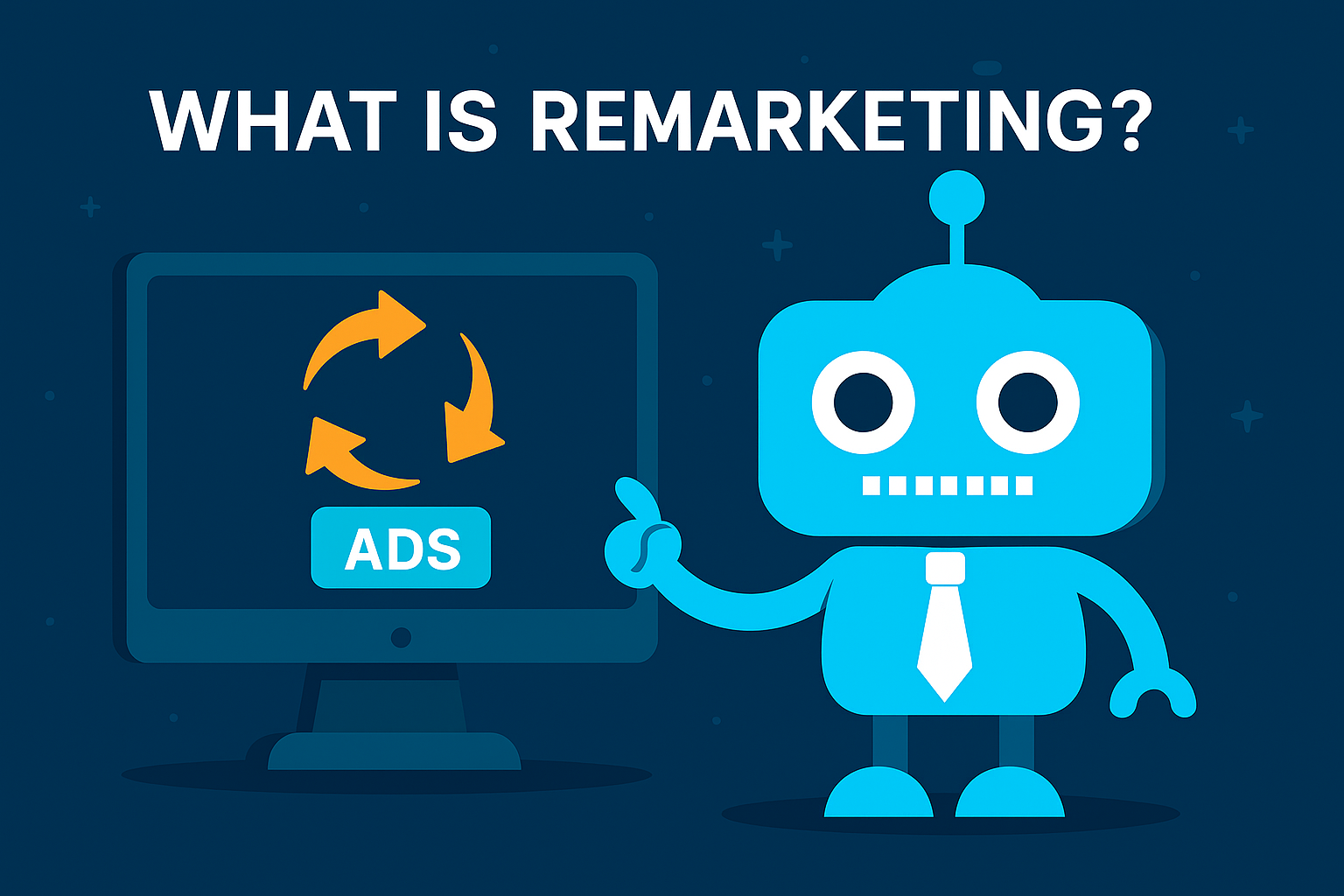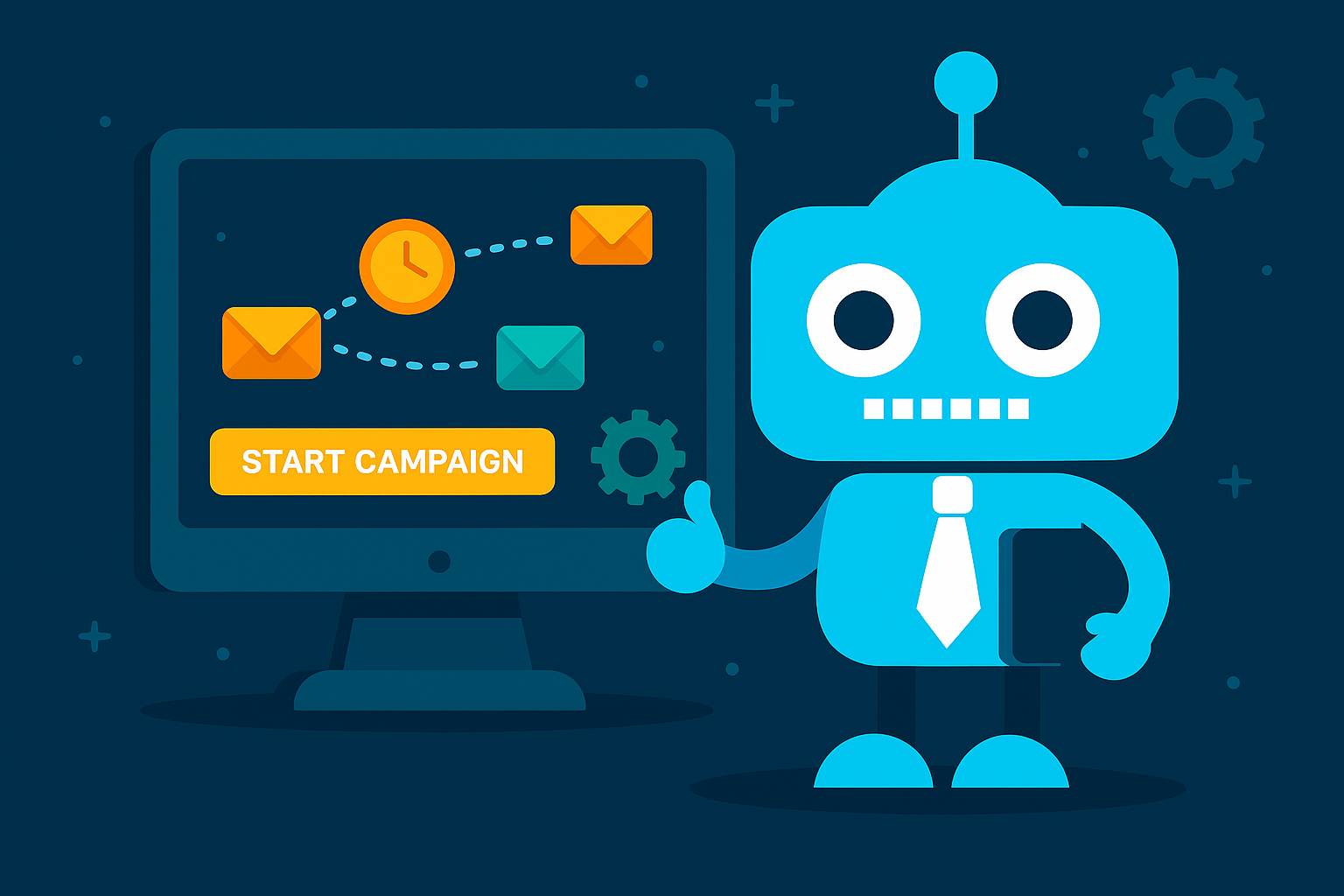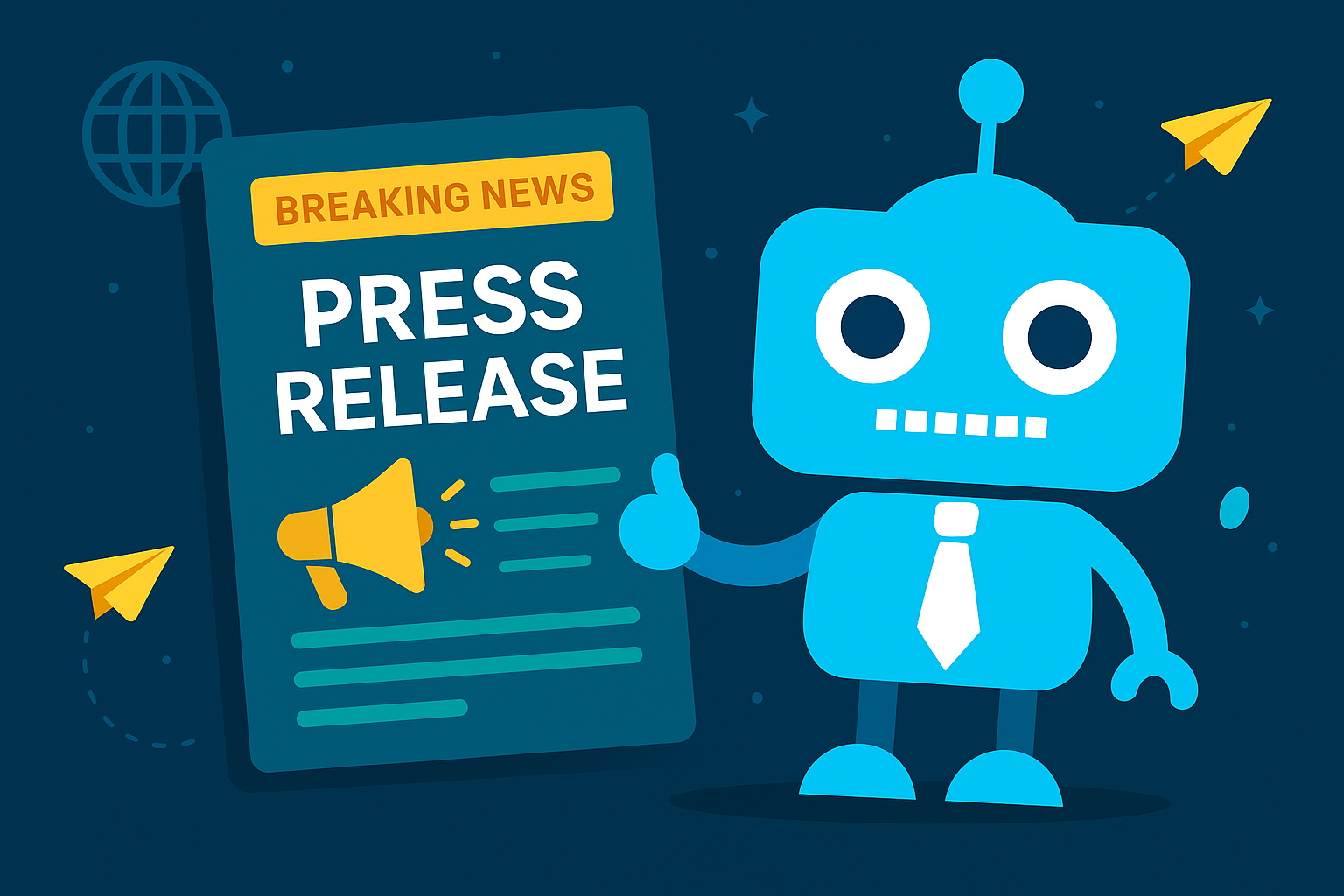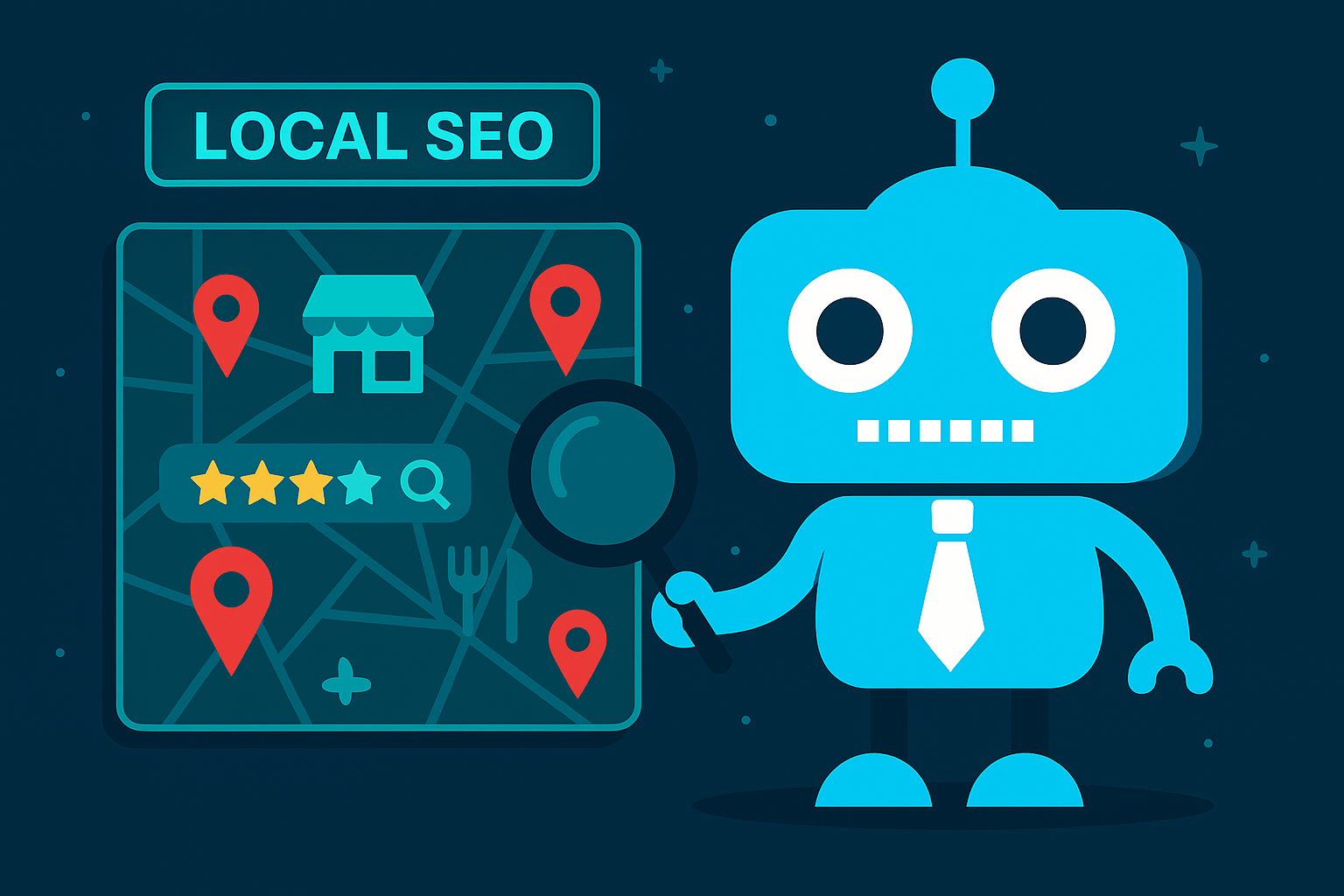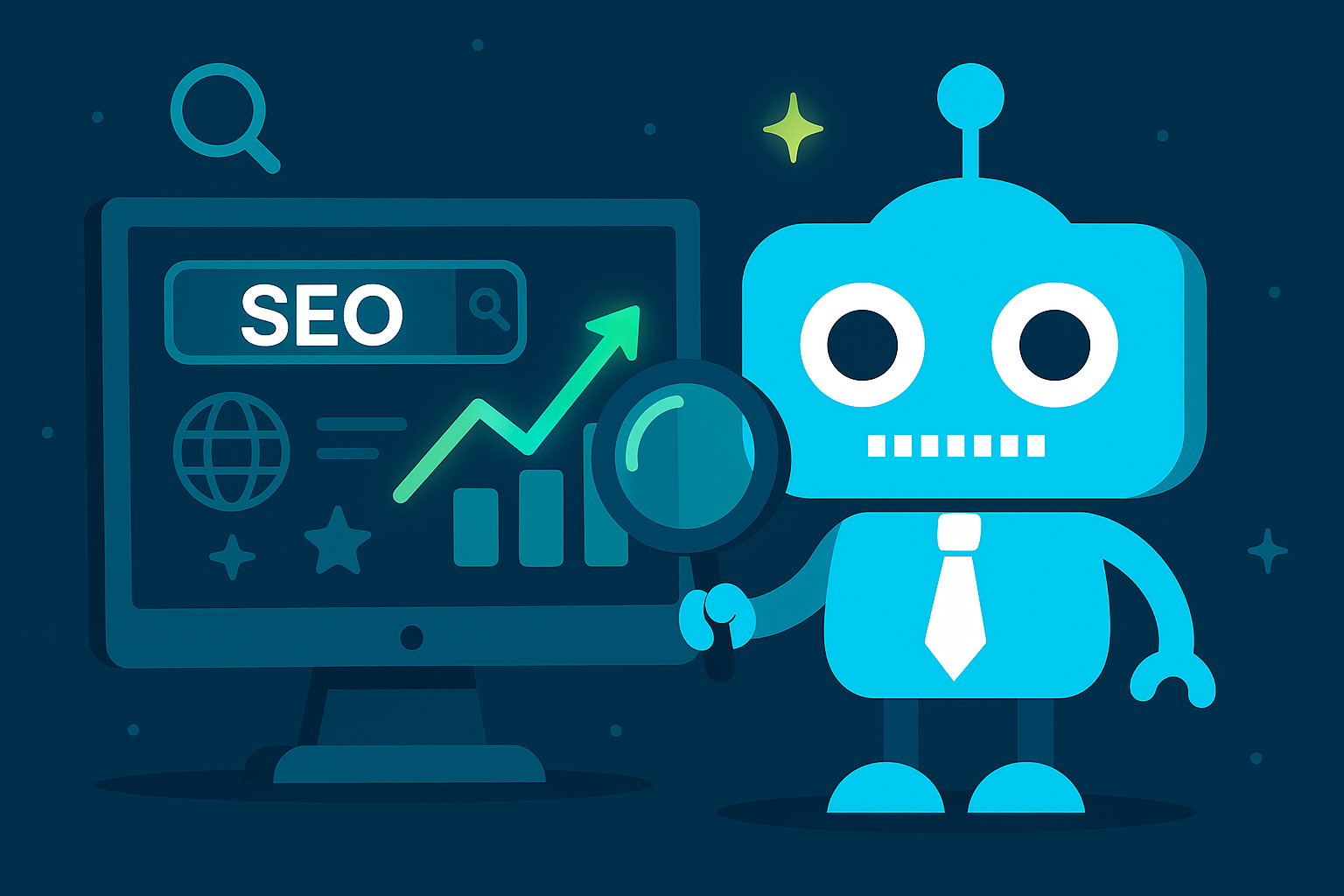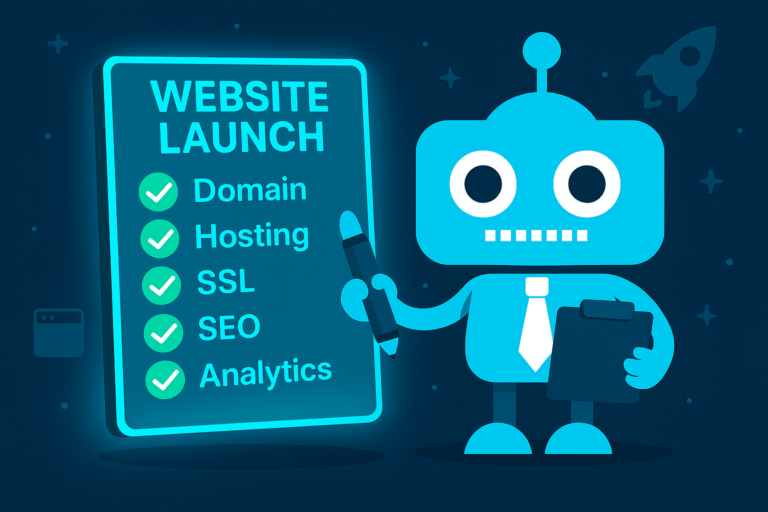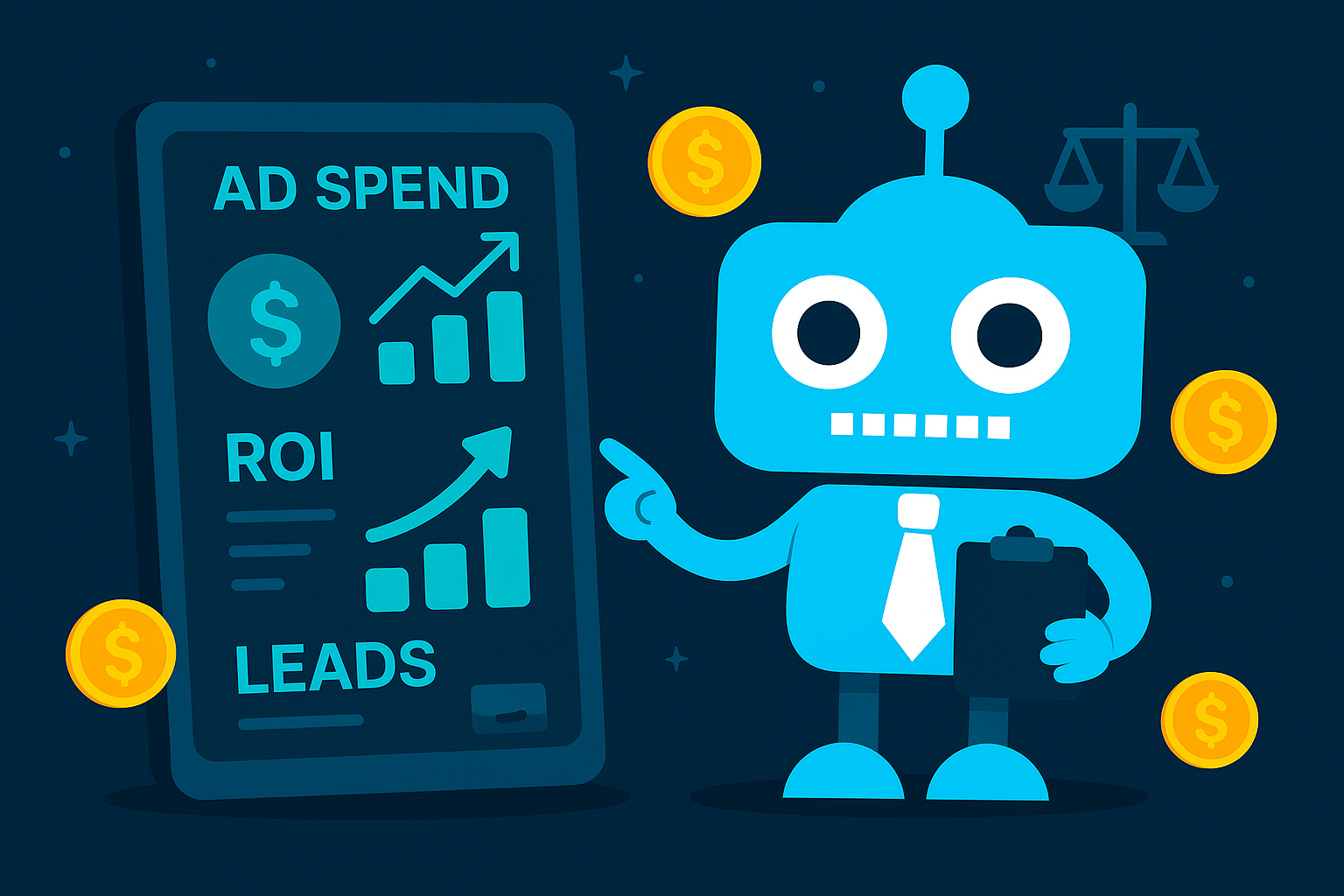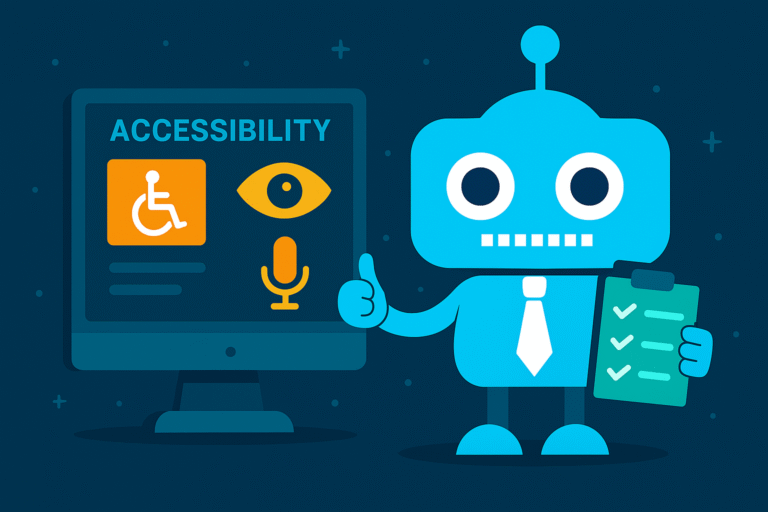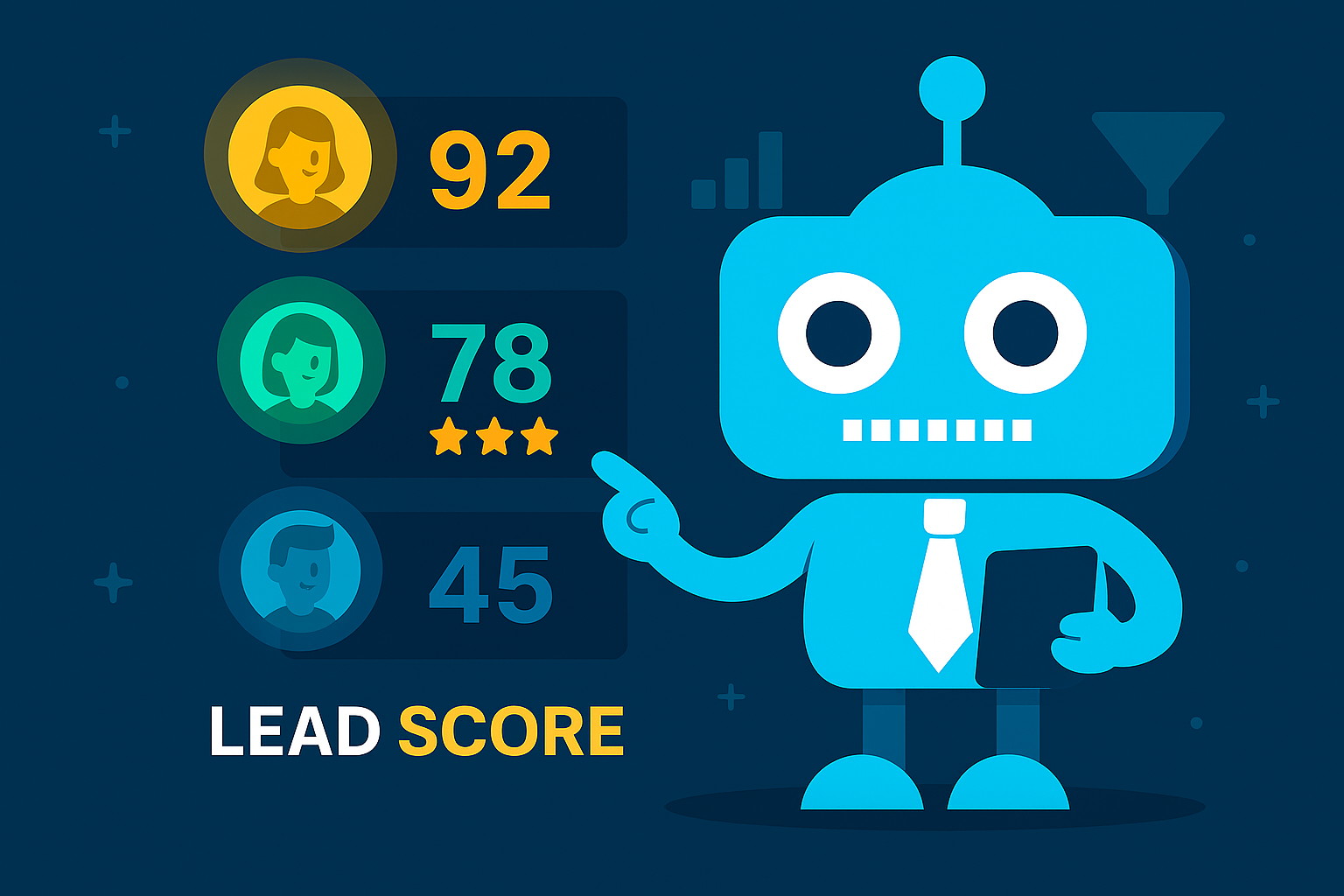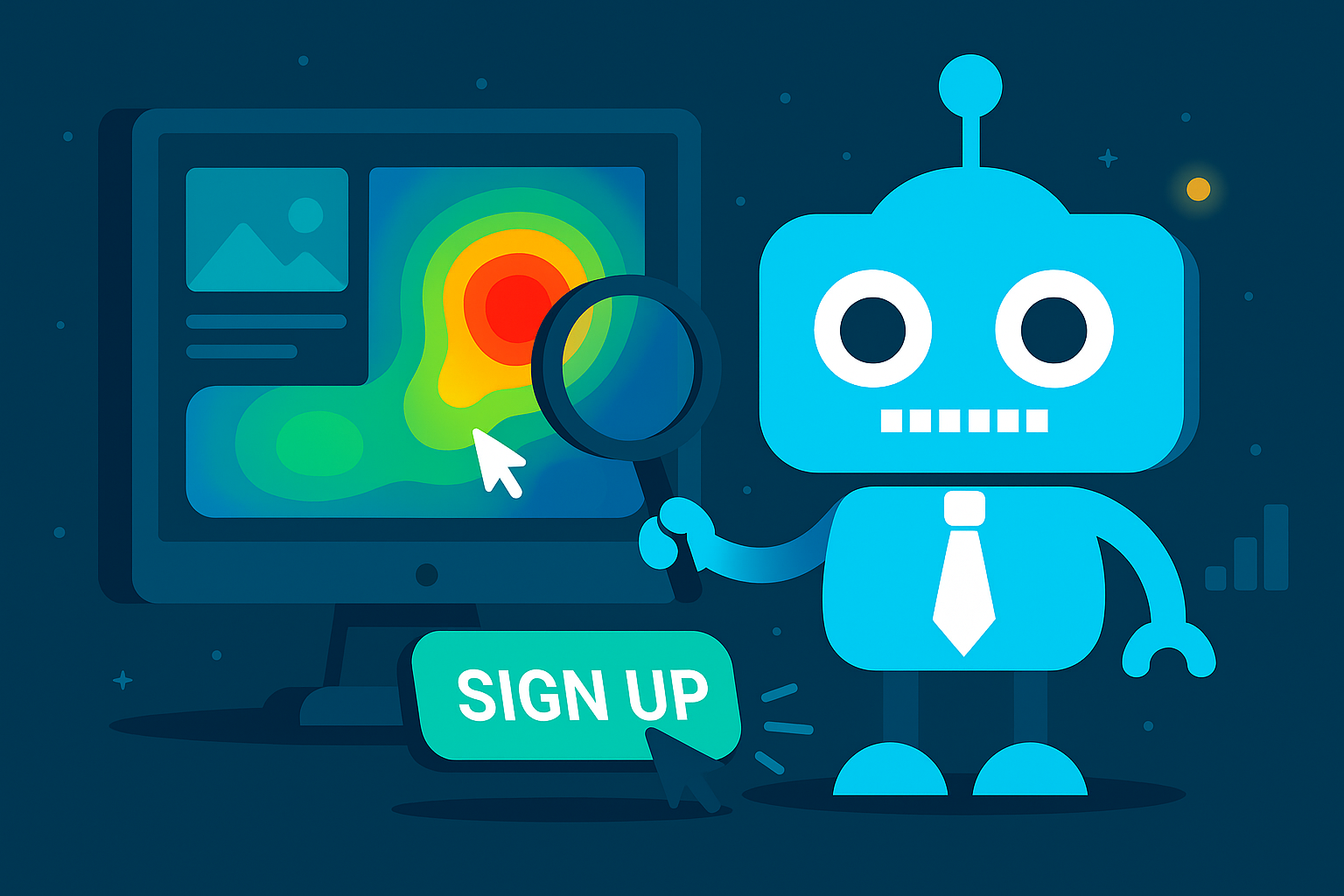Web design is how your site looks, works, and feels. For small businesses, great design turns first impressions into action—calls, bookings, purchases, and visits. You don’t need a massive site; you need a fast, trustworthy one with clear messaging and an easy path to the next step.
Web design blends branding, layout, content, and usability to make your website easy to understand and simple to use. It covers look and feel (colors, fonts, images) and function (navigation, speed, mobile experience, and accessibility). The goal: help visitors find what they need quickly and take the next step.
- First impressions & trust: A clean, modern site signals professionalism. Outdated or slow sites create doubt and lose leads.
- Visibility without endless ads: Fast, well-structured pages help you rank on Google and show up for local searches.
- Fewer clicks to convert: Clear menus and strong calls-to-action turn browsers into callers, bookers, or buyers.
- Always on: Your site answers questions and captures leads 24/7 while you run the business.
- Brand clarity: Who you serve, what you do, and why you’re different—above the fold.
- UX (user experience): Simple navigation, scannable sections, and obvious next steps.
- Mobile-first & fast: Compress images, minimize plugins, and cache pages for speed.
- Conversion design: Prominent Call, Book, or Get a Quote buttons and short forms.
- Trust signals: Reviews, testimonials, real photos, certifications, guarantees, and clear pricing.
- Local SEO basics: Service pages, location pages, descriptive titles/meta, and Google Business Profile.
- Accessibility: Good contrast, alt text, logical headings, keyboard-friendly controls.
- Security & uptime: SSL, backups, updates, and reliable hosting.
- Analytics: Track calls, forms, and sales to see what’s working.
- Home: Clear value proposition, 3–5 key services, social proof, and a primary CTA.
- Services + service detail pages: What’s included, benefits, process, FAQs, and “from” pricing.
- About: Your story, team, credentials—why customers should choose you.
- Reviews/Results: Testimonials, case studies, before/after photos.
- Pricing: Transparent packages or starting prices to reduce friction.
- Contact/Booking: Phone, form, map, hours, parking—make it effortless.
- Blog/Resources: Helpful articles that answer buyer questions (great for SEO).
- Legal: Privacy, terms, warranties/returns as needed.
- No focused CTA: Every page needs a clear next step. Fix: Add a primary button above the fold.
- Walls of text: Fix: Use headings, bullets, and real photos to increase readability.
- Slow pages: Fix: Compress images, remove bloat, and enable caching/CDN.
- DIY forever: Fix: Invest in professional polish to lift conversions.
- Set-and-forget: Fix: Update offers, add reviews, and review analytics monthly.
- Put your main CTA (“Call” / “Book Now” / “Get a Quote”) above the fold on every page.
- Create three core service pages + one Location page with your city/area.
- Add 5–10 reviews/testimonials and real team or work photos.
- Compress images, enable caching, and test mobile speed.
- Set up forms with notifications and a short auto-reply.
- Connect Google Analytics/GA4 and track calls & form submissions.
- Embed your Google Map and link your Google Business Profile.
- Backups on, updates current, SSL active.
With content ready, a typical 5–8 page site can go live in 2–4 weeks. Add time for copy, photos, and approvals.
Options range from DIY $0–$30/mo builders to custom projects in the thousands. Managed monthly plans bundle design, hosting, updates, and support so you avoid big upfront costs.
Helpful articles that answer customer questions steadily build search traffic and trust. Even 1–2 posts per month help.


